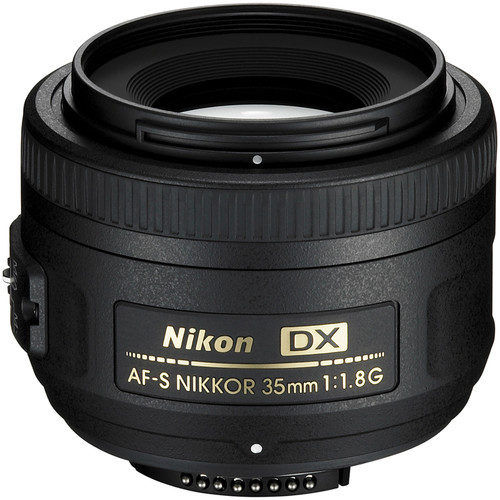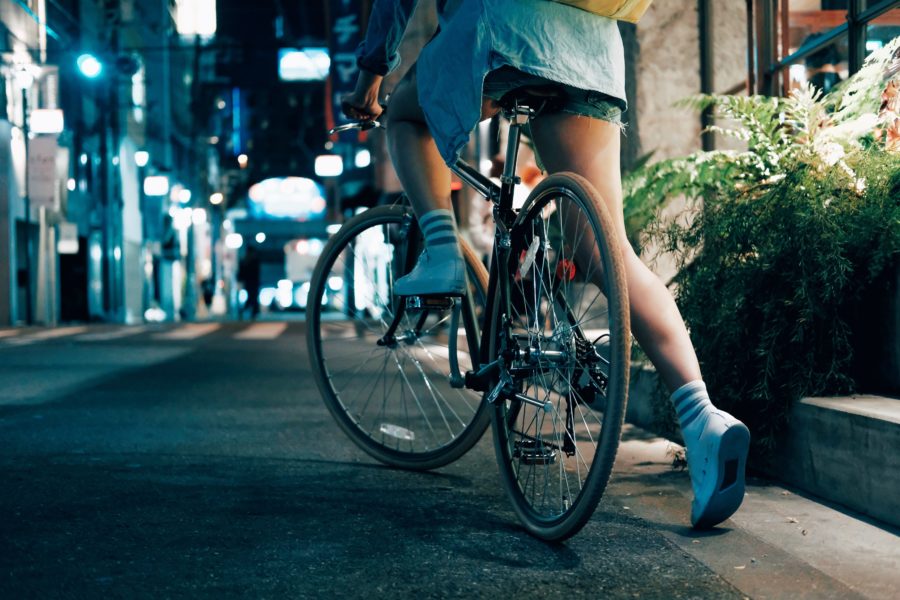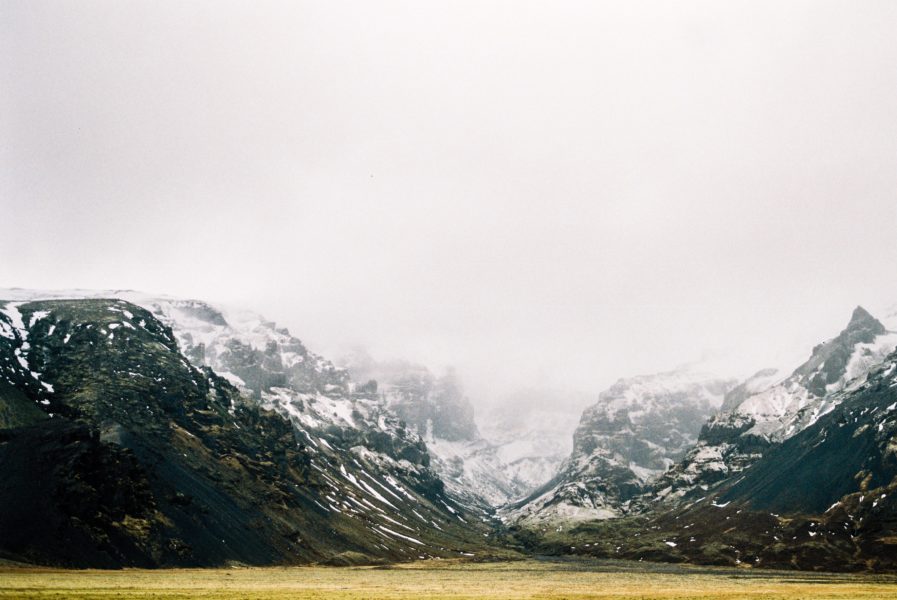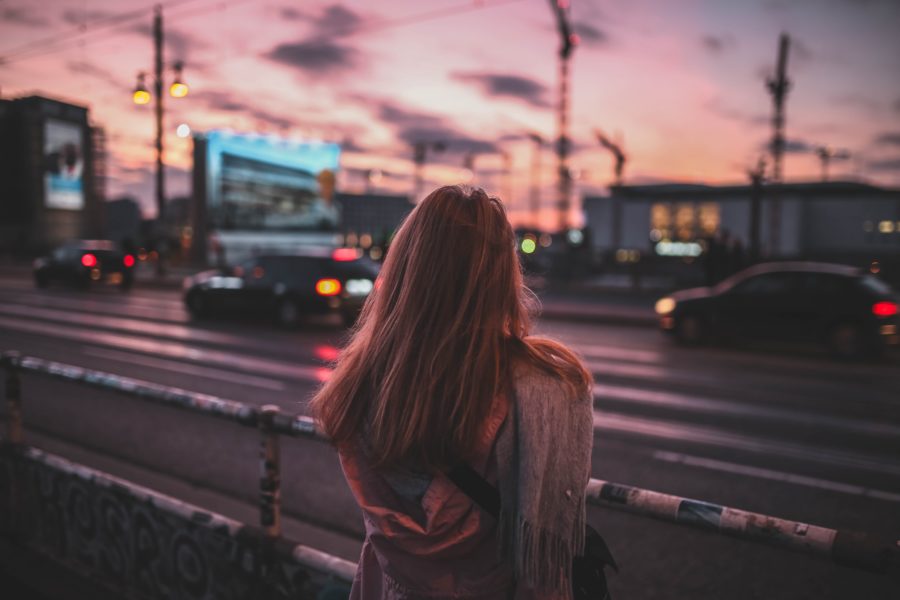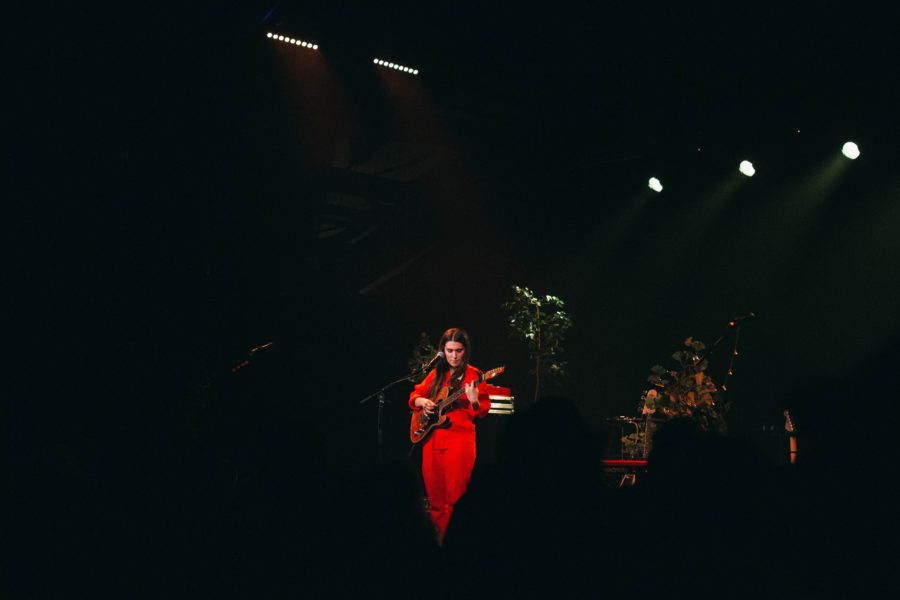So you hopping bugs want a lens that can accompany you all around the planet, get some good nice images of the places you visit, some nice portraits, handle most of the situations travel inadvertently throws at you, is small and light enough to carry around all day, and at the same time is easy on the wallet too?
Today is your lucky day then; you just found your perfect match. Meet the 35mm prime.
So why the 35mm is what you ask now? Here’s why…
I could sing praises of the lens all day long but just to save you the time, here is a quick rundown of all the reasons that should, hopefully, perfectly dovetail with your shooting adventures.
Just Wide Enough
You can think of the 35mm as a slightly wider brother of the classic 50mm Nifty Fifty lens.
It’s just wide enough to include a fair chunk of the scene but not so much so as to start distorting the lines. In a way, it gives you the perfect balance you may want for your travels shots.
It works extremely well with seascapes, landscape shots, casual street photography, and much more.
It’s Small And Light
Any lens that you choose to take with you on your journey needs to be light and take up as little space as possible. Anyone with some good travel photography tips would tell you this for sure.
The 35mm lens is a perfect candidate for such needs.
With dimensions only larger than the pancake lenses, it is a small lens which packs a lot of punch in it. The Nikon AF-S DX Nikkor 35 mm f/1.8G Prime is just 5.3 x 7 x 7 cm. Even with the lens hood on, it is a very portable lens.
How smaller do you want it to be?
Remember that the camera and the lens are not going to be on a tripod or a shelf all day long. In all probability, they are going to be dangling from your shoulders. So weight and size is a major issue.
The easier you make the act of taking a photograph for yourself, more likely it is for you to carry around your camera more often and take more images.
You won’t believe the number of people who bring with them expensive, heavy equipment and by the end of the trip, the camera doesn’t even leave the hotel room. Clearly, this isn’t the way to go about it.
Make it easy for yourself. Keep it light, take it far.
It’s An “Include The Scene” Lens
Owing to all the reasons above, it’s easy to see why I call the 35mm the “include the scene” lens.
The classic 50mm lens is a little skewed towards being a very subject-centric lens. What that means is that the 50mm more often than not makes the primary subject, the mainstay of the image. It is by no means a bad thing. It may be the way you want your images to look like.
But when I think about a well round travels lens which is good at shooting faces and the places they are in, I tend to go a little wide so as to add some context to it.
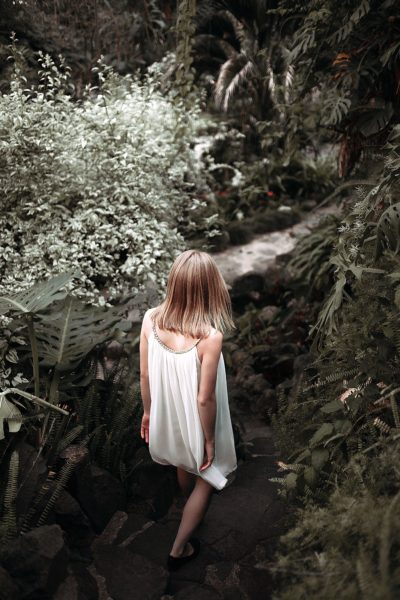
It’s no surprise hence that because of this subject-oriented nature of the 50mm, it has been the lens of choice for street and documentary photography for ages. From Henri Cartier Bresson to Robert Capa, all used the 50mm for a good amount of their work.
The 35mm, on the other hand, is a little wider which includes a slightly bit more of the scene around the primary subject. This evokes a much stronger feeling of connection between the subject and the surroundings.
Hence, the subject is a lot more relatable and easy to connect with.
This is key to a good travel photograph. Since not only do you want the person looking at the image to see just the subject but look at it in context to the surrounding and the atmosphere around it.
Forces You To Get Close
Since the field of view of the 35mm lens is a little on the wider side, to get a good looking image you have to really get up close and personal with the subject you are trying to shoot.
You simply cannot stand on the opposite street and fire away.
This forces you to ‘zoom with your feet’ and makes create much stronger compositions.
If your images are not good enough, you are not close enough -Robert Capa
Doing this for a substantially long time really does make your shots look much more personal and anchored.
Versatile
The one thing that you would surely want from your travel lens is for it to be versatile.
Travel images are anything but planned.
Yes, of course, you can stop somewhere and take the time to plan out a session but I not talking about such a situation.
I am thinking more of a run and gun set up which is capable of shooting everything that mindless wandering throws at you spontaneously. From tight places to vast expanses, to sunlit beaches to candlelit coffee shops and then probably some dark alleys with stars bordering the skies.
And yes, the 35mm is good for most of these situations.
Even the most basic of the 35mm lenses have wide enough aperture values to kick up good shutter speeds in low light conditions.
Just think of a tight space, say inside a train carriage or a small room. The 35mm is wide enough to give you a fair chance to include as much of it without your back touching the wall, literally.
Want scenic landscapes?
The 35mm shines there too. It captures just the right amount of the scene in front of it to make the scenery look broad and expansive, yet not make the straight trees look so distorted that it looks as if one of them is just going to land on your head.
Moreover, it just has this very soothing characteristic to it that it makes even otherwise mundane scenes look very serene and photogenic. This is totally my opinion though, your mileage may vary.
With its short, stout build (most of the 35mm anyway) which are extremely light and fits the bill too, it simply doesn’t get much better than this.
Good For Portraits With A Lot Of The Scene
Yes, you read that right, the 35mm is good for portraits as well. NOT of the usual kind though.
Let me explain…
I know you have heard most portrait photographers say that the 85mm or the 50mm is the best portrait lens ever. They are not wrong but I am talking about a typical portrait too.
It’s ‘scenic portraits’ if you will.
The idea here is to take an image which includes a person but doesn’t have a very strong overwhelming presence in it. As if trying to show the person as a part of the surroundings. Something to the effect of “when I was there” feeling to it…
Am I explaining it correct? Did you get a sense of it?
These may not be portraits in the conventional sense, but I like them nevertheless.
When on a trip, I frequently use my family members or friends for such images all the time. Makes for good nostalgic images later on, if you ask me.
Fast Focusing
As with most prime lenses, the 35mm is quite a fast focusing lens. Coupled with most modern cameras these days which have phenomenal autofocusing technologies (such as phase detect autofocus and dual pixel autofocus), it takes all but a fraction of second to nail the focus.
This is crucial when shooting subjects which are in motion or when you yourself are riding a good speed.
You may not think so, but you do need that extra bit of performance when say shooting out of a moving car or maybe from a plane window. The 18-55mm kit lens is not gonna cut it this time.
And not just the speed of focus that is key here. The depth of field you get out of this lens is also a lot more for the same aperture value.
Try it yourself.
Just punch in your camera model, aperture value and subject distance. Now keeping all the above variables same, change the focal length from 35mm to 50mm. You will find that the depth of field constricts a lot (from 0.84m to 0.40m with a 3m away subject).
Good Low Light Performance
Owing to the large aperture values it comes with, the 35mm is a fantastic lens after dark.
You don’t even have to have crazy apertures like f/1.2 or f/1.4.
A very humble 35mm f/1.8 is capable of gathering a ton of light in a very short period of time which allows you to use a fast enough shutter speed without bumping up your ISO value to an astronomical number. Further diminishing the possibility of introducing motion blur into the image.
You are not going to be in your studio remember?
And you are not going to dictate terms.
The light coming in from a store window or the faded yellow street lamps might as well be all the light you have available. You got to play with whatever you have at your disposal. So why not be ready for it?
Ultra Cheap
With a price of under ₹12,000/$170 for the f/1.8 variant for nearly all major brands, there is simply no reason not to have a 35mm prime in your arsenal. Third-party lens makers such as Yongnuo also make some good lenses for popular Canon and Nikon lens mounts.
I cannot think of any piece of photography accessory which is nearly as versatile as the 35mm lens, at this price point.
For anyone about to embark on a journey, I strongly suggest getting this one lens. I can almost guarantee you that you are going to use it more than any other lens you have. It is the swiss knife of the lens world and NO that is not saying too much.
Word Of Caution
This is for people who are relatively new to the world of photography and might 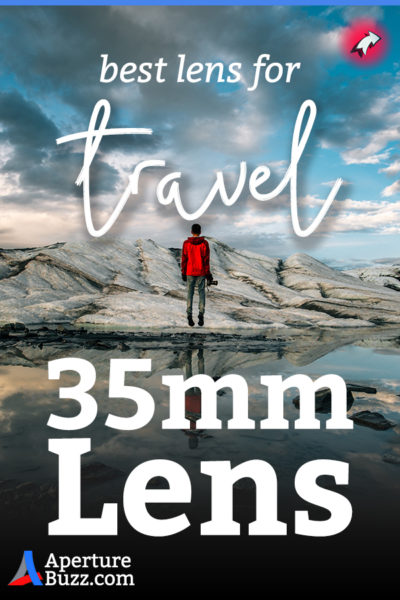 misunderstand the meaning of a 35mm lens.
misunderstand the meaning of a 35mm lens.
When I say a 35mm lens, I mean a 35mm focal length equivalent lens.
So what does equivalent mean?
In simple terms, it is the field of view you get when using a full frame camera in conjunction with a 35mm lens.
In other words, a 35mm lens will act like a 35mm lens only when paired with a full frame camera body. If on the other hand you pair it with a cropped format camera which has an APS-C size sensor in it, the 35mm lens will act like a much longer lens. Most likely a 50mm lens since the field of view would be now equivalent to 35mm x 1.5 = 52.5mm.
If you have no idea what I am talking about in here, you may want to read this article which explains it.
That is it, guys.
That is all the case I wanted to make for the beautiful 35mm lens. If you have any further questions please feel free to ask them in the comments section below.
Safe travels.
Keep shooting amazing.
